List of illustrations
Chapter 1
Chapter 2
Chapter 3
Chapter 4
Chapter 5
Chapter 7
Chapter 8
Chapter 9
Chapter 10
Chapter 11
Chapter 12
Foreword
As Chinas influence on world affairs continues to grow in the twenty-first century, people are becoming increasingly curious about this historic country and its ways of life. This book is designed as a primer to engage that curiosity and dispel some of the myths that have grown up around China and its language.
This book aims to introduce aspects of Chinese life and culture to the English-speaking reader, while at the same time presenting interesting features of the Chinese language. It makes no claims at being comprehensive, for that would be an almost impossible task considering Chinas history and size. The book does not serve to bridge East and West, nor does it mean to. It is merely a taster, and hopefully the various jottings and anecdotes contained within will capture the readers interest.
Chinese characters and their pinyin Romanizations are provided where possible to assist the student of Chinese. Proverbs and popular sayings in Chinese occur throughout the book, in places where they may help the reader to gain a fuller understanding of the context. Several how-to and language guides are also included within the text, and it is hoped these may be of some small use to those travelling or living in China.
A book of this scope is bound to contain inaccuracies and oversights. All errors, omissions, or other defects are the sole responsibility of the author.
Introduction

x
Even when one does not live in China one sometimes thinks of her as an old, great, big country which remains aloof from the world and does not quite belong to it.
Lin Yutang
China, for so long the symbol of the unfathomable East, is no longer as mysterious as it once was. People from all over the world now travel, do business, or live in China. As China slowly emerges as a superpower, it increasingly finds itself the focus of Western news reports, books, and other media.
Yet despite this flurry of interest, Chinas language and culture still form a barrier to inter-cultural understanding. Its written language is almost impossible to grasp without years of study, and its spoken language is marked by a diversity of dialects that seem for all the world like different languages. Even if the language barrier is overcome, Chinas culture offers up an embarrassment of riches to the interested observer, many of its traditions dating back thousands of years. China is the oldest living nation with a continuous culture, and it is also the most populous country in the world. Once one of the worlds largest empires, China also gave us some of mankinds greatest inventions, such as gunpowder and the compass, before falling far behind the pace in the latter half of the last millennium.
China is a country that defies categorization, and often explanation. Its sheer size means that what holds true in one corner of the country is often the exact opposite of the case in another. Hainan province in the south lies within the tropical belt, while Heilongjiang in the north is subarctic, with temperatures that reach 40 degrees below zero in winter. Only a powerful bureaucracy and a common culture prevented the country from breaking up into separate nations throughout its several thousand years of history.
The land
Considering its immense size, China has been fairly well isolated by its geographical barriers, which may have led to its relatively insular nature. To the east lies the Pacific Ocean, while steep gorges run along the Burmese border to the southwest, and the towering Tibetan plateau rises up as if to block the western border. The dry, sparse lands of Central Asia and Mongolia lie to the north. There is little doubt that these geographical factors helped China to develop her own distinctive culture, with very little foreign interference.
A tale of two rivers
China slopes down from west to east, from the high peaks of Tibet down to the shores of the Pacific Ocean, into which all its major rivers flow. The Yellow River, Hungh
 , perhaps the ultimate symbol of Chinese civilization, is 2,700 miles in length, flowing east from the Tibetan plateau, looping around the Ordos desert, before finally flowing out into the Bohai Sea between the provinces of Liaoning and Shandong.
, perhaps the ultimate symbol of Chinese civilization, is 2,700 miles in length, flowing east from the Tibetan plateau, looping around the Ordos desert, before finally flowing out into the Bohai Sea between the provinces of Liaoning and Shandong.
The Yellow River is so named for its perennially muddy colour. The Chinese have a folk saying, Hungh du shu, n j q q


 ,
,


 , which means a dipperful of Yellow River is seven tenths mud. The river was historically liable to severe flooding. According to legend, one of Chinas very first emperors, Yu the Great, was responsible for taming the floods by building irrigation canals and dredging the riverbeds. In 1988, a controversial Chinese documentary, the River Elegy (Hshng
, which means a dipperful of Yellow River is seven tenths mud. The river was historically liable to severe flooding. According to legend, one of Chinas very first emperors, Yu the Great, was responsible for taming the floods by building irrigation canals and dredging the riverbeds. In 1988, a controversial Chinese documentary, the River Elegy (Hshng
 ), contrasted Chinas yellow, river-based culture with the blue, ocean-going culture of the West. The programme attributed Chinas backwardness in the modern age to its failure to develop an exploratory seafaring culture.
), contrasted Chinas yellow, river-based culture with the blue, ocean-going culture of the West. The programme attributed Chinas backwardness in the modern age to its failure to develop an exploratory seafaring culture.
At 3,200 miles in length, the Yangtze is Chinas longest river, and the sixth longest in the world. In Chinese, the Yangtze is known as the Chngjing
 , the long river. Only in its lower reaches past Yangzhou in Jiangsu is it known in China as the Yngz jing
, the long river. Only in its lower reaches past Yangzhou in Jiangsu is it known in China as the Yngz jing

 , the Yangtze. However, as this was the first name for the river that early Christian missionaries heard, it stuck. Cruise ships weighing 10,000 tonnes can voyage inland as far as Nanjing.
, the Yangtze. However, as this was the first name for the river that early Christian missionaries heard, it stuck. Cruise ships weighing 10,000 tonnes can voyage inland as far as Nanjing.


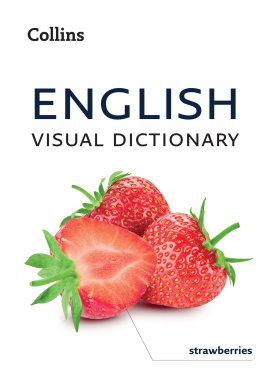
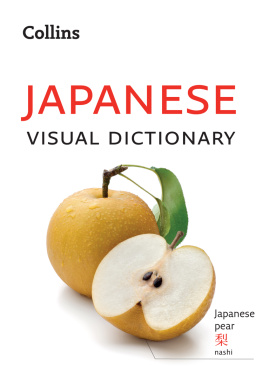
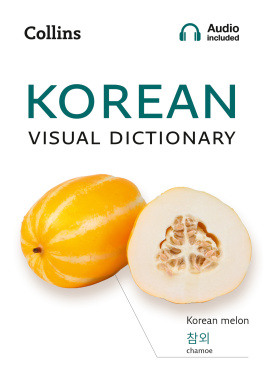
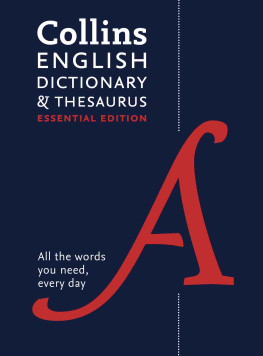



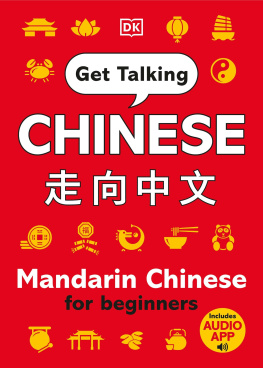
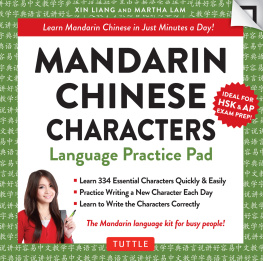

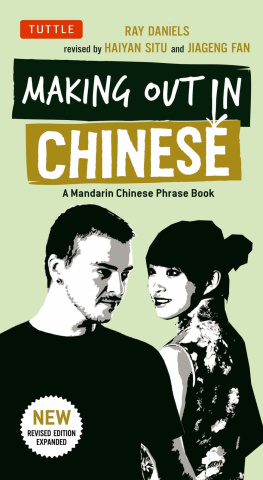

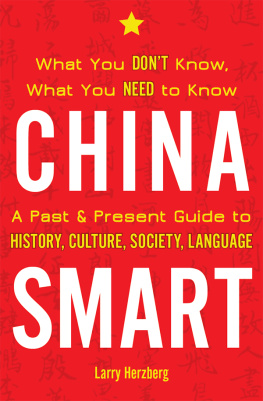
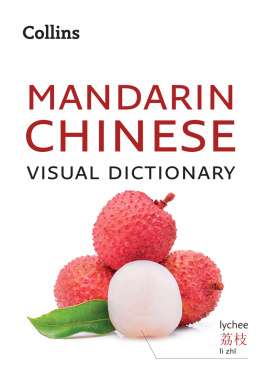
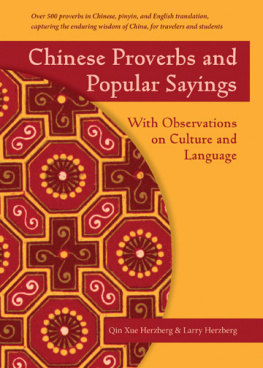
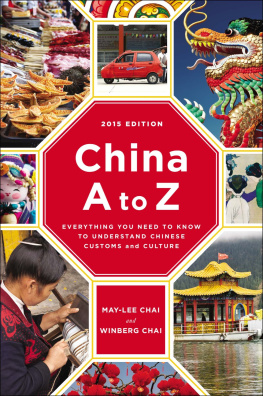
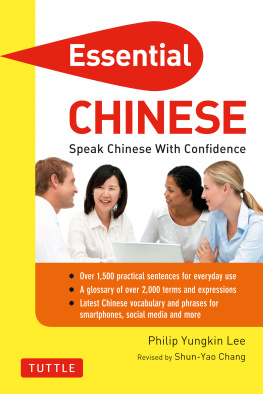





 , perhaps the ultimate symbol of Chinese civilization, is 2,700 miles in length, flowing east from the Tibetan plateau, looping around the Ordos desert, before finally flowing out into the Bohai Sea between the provinces of Liaoning and Shandong.
, perhaps the ultimate symbol of Chinese civilization, is 2,700 miles in length, flowing east from the Tibetan plateau, looping around the Ordos desert, before finally flowing out into the Bohai Sea between the provinces of Liaoning and Shandong.
 ,
,


 , which means a dipperful of Yellow River is seven tenths mud. The river was historically liable to severe flooding. According to legend, one of Chinas very first emperors, Yu the Great, was responsible for taming the floods by building irrigation canals and dredging the riverbeds. In 1988, a controversial Chinese documentary, the River Elegy (Hshng
, which means a dipperful of Yellow River is seven tenths mud. The river was historically liable to severe flooding. According to legend, one of Chinas very first emperors, Yu the Great, was responsible for taming the floods by building irrigation canals and dredging the riverbeds. In 1988, a controversial Chinese documentary, the River Elegy (Hshng ), contrasted Chinas yellow, river-based culture with the blue, ocean-going culture of the West. The programme attributed Chinas backwardness in the modern age to its failure to develop an exploratory seafaring culture.
), contrasted Chinas yellow, river-based culture with the blue, ocean-going culture of the West. The programme attributed Chinas backwardness in the modern age to its failure to develop an exploratory seafaring culture.
 , the long river. Only in its lower reaches past Yangzhou in Jiangsu is it known in China as the Yngz jing
, the long river. Only in its lower reaches past Yangzhou in Jiangsu is it known in China as the Yngz jing
